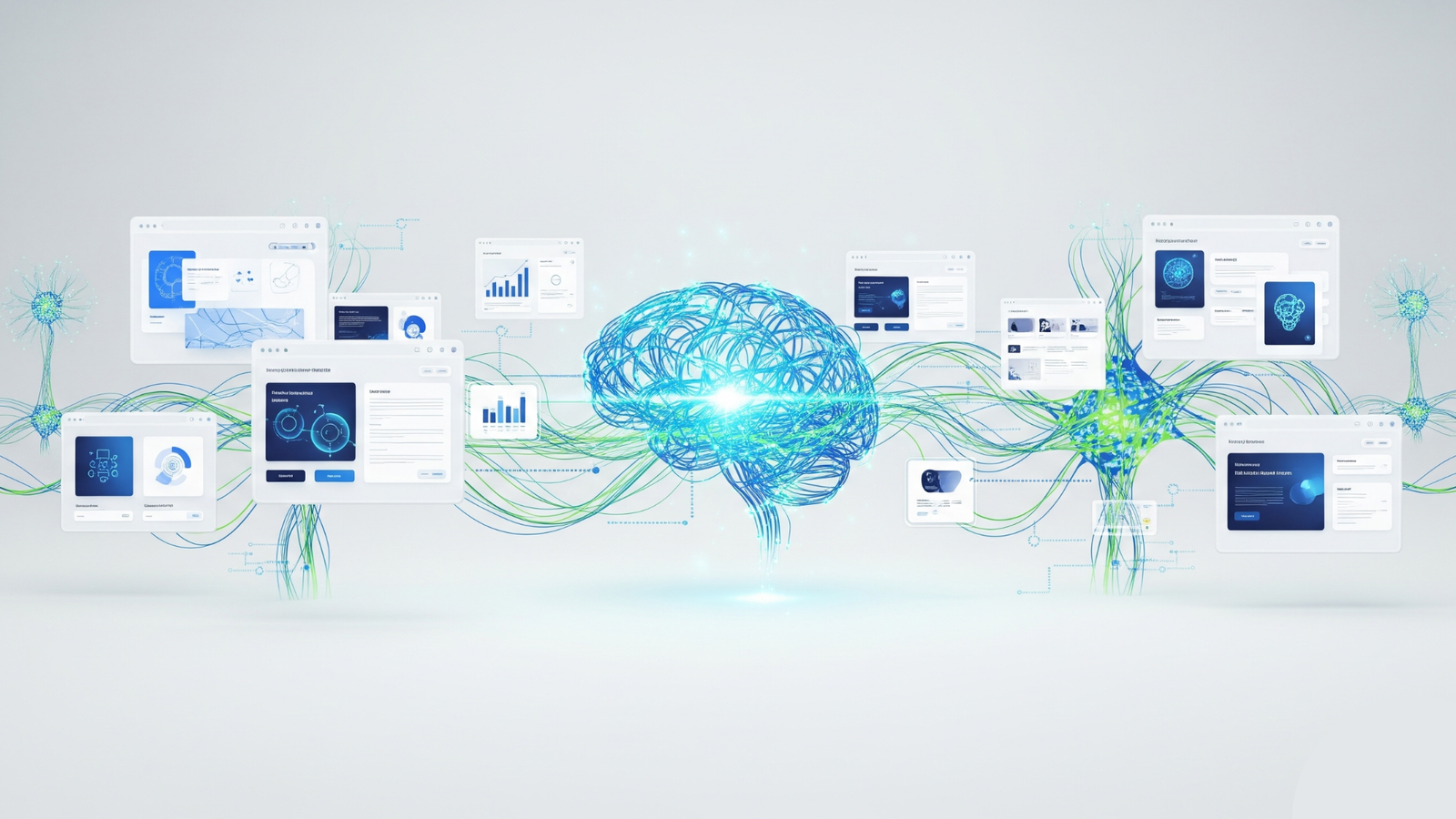
Making Web Apps Smarter: Practical AI/ML Patterns, Tools, and Best Practices
Imagine a web app that knows your users’ preferences, predicts their next action, and assists them instantly — all without manual intervention. Integrating AI and Machine Learning into web applications makes this possible. From personalized recommendations and smart chatbots to fraud detection and predictive analytics, AI/ML transforms not only user experiences but also business outcomes.
This guide dives into where AI fits in the web stack, which models and infrastructure work best, and how to make smart trade-offs when designing AI-powered applications.
Why Add AI/ML to Your Web App?
AI/ML brings a layer of intelligence that goes beyond static rules. Your app can learn from user interactions, adapt content in real-time, detect anomalies, and automate complex workflows. The result? A seamless user experience, higher engagement, improved retention, and operational efficiency that sets your product apart.
.png)
- Personalization – Tailored recommendations, content ranking, and dynamic pricing.
- Automation – Smart chatbots, automated summaries, and workflow assistants.
- Prediction – Forecast demand, identify churn risk, and optimize lead scoring.
- Detection – Fraud detection, anomaly alerts, content moderation, and quality control.
- Search – Semantic search, vector retrieval, and multimodal search capabilities.
Where AI/ML Fits in the Web Stack
AI/ML can integrate into web applications in multiple ways: In-request inference for synchronous predictions during user interactions, async/batch processing for resource-heavy tasks, and edge/on-device inference for instant predictions on browsers or mobile devices with privacy in mind.
Client (Web/Mobile)
↕ REST/GraphQL
API Gateway
↕
Backend Services (Node/Java/Python/.NET)
├─ Business Logic
├─ Feature Store / Caching (Redis)
├─ Inference Service (Python FastAPI / Java Spring / Node)
│ ├─ Local Models (ONNX/TensorRT) or
│ └─ External AI APIs (LLMs, Vision, Speech)
└─ Async Jobs (Kafka/RabbitMQ + Workers)
└─ Batch Training Pipelines (Airflow, Spark)
Data Lake/Warehouse (S3, BigQuery, Snowflake) → Model Training → Model Registry (MLflow)
High-Impact Web Use Cases
- Recommendations – Personalized “You might like” suggestions for products, articles, or videos.
- Search & Retrieval – Vector-based search, query expansion, and intent understanding.
- Conversational UX – AI chat, support bots, and guided onboarding experiences.
- Vision – Image moderation, quality checks, and visual search tools.
- Fraud & Risk – Payment fraud scoring, bot detection, and anomaly alerts.
- Content AI – Automatic summarization, classification, and translation.
Tech Choices & Tooling
Backend & Serving
- Python (FastAPI, Flask) or Java (Spring Boot) for inference services.
- Model formats: ONNX, TorchScript; acceleration via Triton / GPU.
- LLM connectors or external APIs for chat, embeddings, and vision tasks.
- Queueing with Kafka/RabbitMQ for asynchronous workloads.
Data & Training
- Pipelines: Airflow, Prefect; feature stores; MLflow for experiment tracking.
- Warehouses/Lakes: Postgres, BigQuery, Snowflake, S3/Parquet.
- Evaluation: Offline metrics (AUC, F1), plus online A/B testing for real-world validation.
Pros & Cons of AI/ML in Web Apps
| Pros | Cons |
|---|---|
| Higher Conversion – Personalization and smarter search improve engagement. | Complexity – Data pipelines, evaluation, and monitoring require expertise. |
| Cost Savings – Automation and anomaly detection reduce manual effort. | Latency & Cost – Heavy models or external APIs can increase response times. |
| User Delight – Conversational and assistive features make the experience memorable. | Bias & Compliance – Governance and fairness are critical to avoid risks. |
| Continuous Improvement – Models learn and adapt from new data. | Maintenance – Model drift and retraining are ongoing responsibilities. |
Industries Benefiting from AI/ML Web Apps
- E-Commerce – Personalized shopping, smarter search, dynamic pricing.
- FinTech – Fraud detection, KYC verification, risk modeling.
- Healthcare – Triage assistants, medical document summarization, scheduling optimization.
- EdTech – Adaptive learning paths and automated grading support.
- Media – Content tagging, highlights, automated translation.
AI/ML is no longer just a “nice-to-have” — it’s becoming the backbone of smarter, more engaging web applications. By carefully selecting models, infrastructure, and integration patterns, developers can unlock unprecedented value for both users and businesses.
